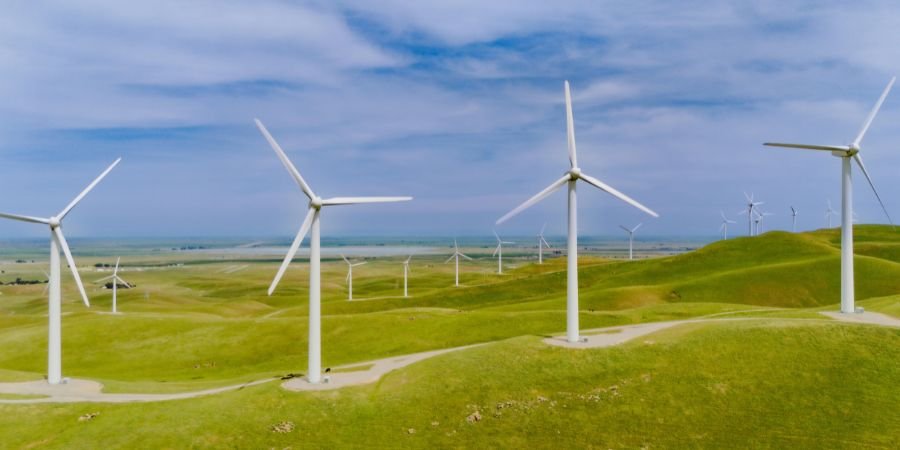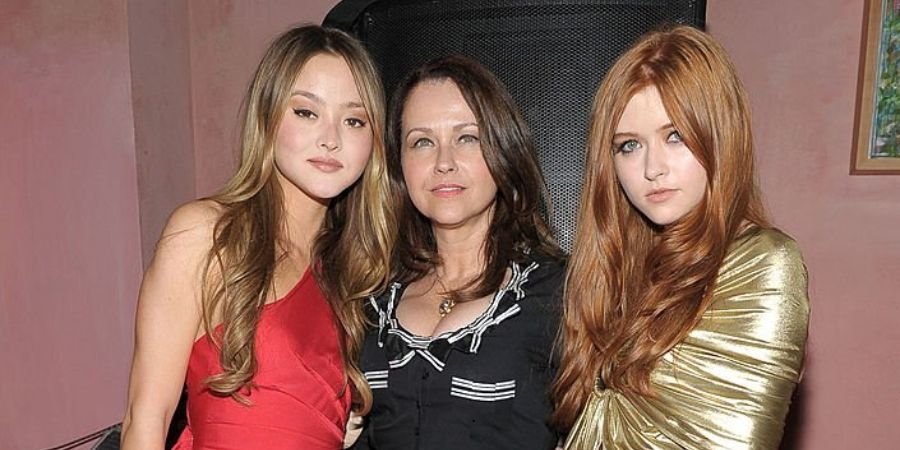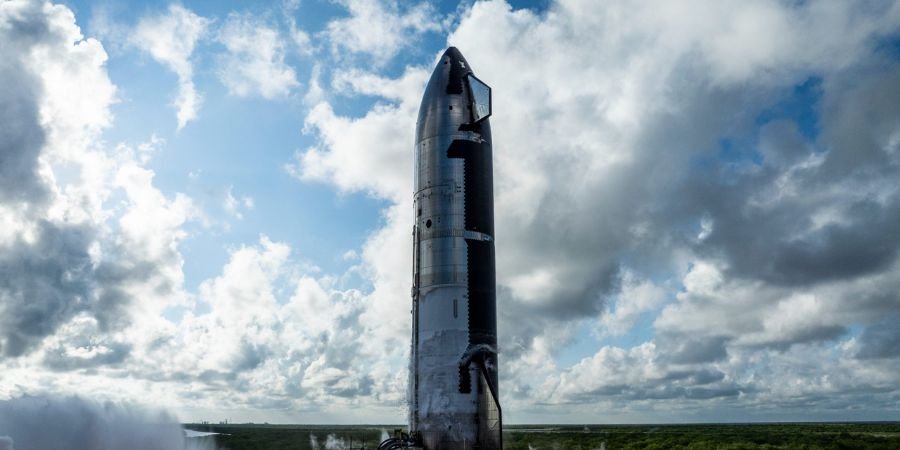Despite visible progress in renewable energy deployment, many sustainable energy myths keep circulating. One of the examples is that the International Renewable Energy Agency announced that 91% of new renewable installations in 2024 has been cheaper compared to fossil fuel alternatives.
On the other hand, some people still think that clean power is both expensive and unreliable. The widespread beliefs about renewable energy do a big role in determining the factors like policy, investment and public acceptance. When a person considers a false thing to be true, he/she may refrain from supporting new ideas that are reasonable. Thus, the explanation, which is that the debunking of renewable energy myths leads us to progress and certainty, is not that far-fetched.
Myth 1: Renewable energy is too expensive
One of the oldest sustainable energy myths says renewable energy costs more than fossil fuels. In fact the price of solar PV has dropped by around 90 per cent, and onshore wind by about 70 per cent between 2010 and 2023.
Moreover, the IRENA figure shows renewables now beat fossil fuels in many parts of the world. Imagine you run a small business in India and worry that installing rooftop solar will blow your budget. The reality is the upfront cost is significantly lower than years ago, and the fuel cost is zero. So cost-concerns should not be a barrier any longer. These are important renewable energy facts to remember.
Myth 2: Solar panels and wind turbines cannot supply reliable power
People often say solar and wind are unreliable because the sun does not shine all the time and the wind does not always blow. That is certainly true on its face, but incomplete. Grid systems now pair those technologies with storage and diversified generation. For example, the capacity factor for offshore wind rose from 28% in 2010 to 41% in 2023. Consider a village that installs solar and wind energy.
On sunny days it charges; during evening it discharges; on cloudy days it draws from the battery and maybe a wind turbine. With the right system design renewables can meet demand with robustness. Rejecting them because of intermittency alone overlooks how systems operate today. These examples reveal the clean energy truth behind renewables.
Myth 3: We do not have enough land for renewables
A lot of sceptics point to “What about the land?” question. The fact is that even conservative studies show wind and solar would require less than 2.5% of available land in major countries to meet large shares of demand.
Also, land used by wind turbines often stays usable for farming or grazing. As an analogy, think of a piece of farmland that allows wind turbines in one corner while crops grow around them. The land objection loses weight under analysis. This is one of the common myths about sustainable energy that continues to spread.
Myth 4: Renewable energy will kill jobs
Some folks worry that moving away from coal, oil and gas means large job losses and long-term economic harm. The data tells a different story. According to a recent article, the job creation potential of renewables already outpaces fossil fuels. If you are someone working in a region tied to fossil fuel jobs, you may feel uncertain.
But the transition can open opportunities in installation, maintenance, manufacturing, grid modernisation and storage systems. The message here: the energy transition is not just an environmental change, it is an economic shift with potential for growth. These are renewable energy facts worth considering when addressing sustainable energy myths.
Myth 5: All green energy certificates are equally impactful
For organisations buying renewable energy, a common belief is “If I buy green certificates then I am supporting renewables no matter what.” But the clean energy truth is that not all certificates are equal. Some certificates may correspond to old hydro plants that would have operated anyway, meaning the extra impact is minimal.
If your company buys certificates but the actual grid remains powered by fossil fuels while your load requires power at night, the claimed benefit becomes weaker. What this means is that companies and individuals should scrutinise the quality, location and timing of renewable energy procurement. Buying a certificate is a step, but not a full guarantee of additional impact.
Myth 6: Buying carbon offsets means zero emissions
Closely related is the idea that buying carbon offsets makes all emissions disappear. It would be nice if that were true. But offsets alone often do not address the root causes of emissions, and in some cases may delay real internal reductions.
Think of it like putting a patch over a leaky roof instead of repairing the roof itself. Offsets should complement genuine reductions, not replace them. If your company emits tonnes of CO₂ and relies solely on offsets, you may avoid immediate reputation risk but you may lack long-term credibility. The truth about the sustainable energy world is that it does not lie in taking shortcuts but in consistent action.
Myth 7: Renewable energy creates too much waste and pollution
Some people argue solar panels and wind turbines produce a lot of waste at end-of-life and therefore are harmful. This myth holds some kernel of truth, there is waste to manage, but the scale and context differ from the claim.
For example, solar panel components such as glass, aluminium framing and wiring are recyclable; recycling technology is evolving. The comparison needs to factor in the emissions, pollution and waste of fossil fuel extraction, transport, burning and waste. In that light renewables often represent a cleaner alternative. What this means is that instead of dismissing renewables because of waste concerns, the focus should shift to improving recycling, reuse and lifecycle design. Addressing these green energy misconceptions supports energy sustainability.
Myth 8: Carbon capture and storage will solve fossil-fuel emissions
There is a persistent belief that we can continue burning fossil fuels as long as we simply capture the emissions afterwards. In practice that is risky and unproven at scale. The analogy: you may pour water into a bathtub full of holes and expect to drain it faster than it leaks, that rarely works without fixing the holes too.
Carbon capture and storage (CCS) remains expensive, complex and not a substitute for reducing emissions. If you wait for CCS to save the day you may delay necessary action today. This reflects one of the sustainable energy myths that distort renewable energy facts.
Myth 9: The energy transition is too slow to make a real difference
Some people say: the changes are happening too slowly, so why bother. That perspective ignores the trajectory. Organisations such as the International Energy Agency (IEA) find that from a cost-and-technology standpoint the transition is now feasible and delaying action means higher costs later. If you think of it like a garden: if you wait too long to plant the tree you may miss the season.
Early investment brings compounding benefits. What this means is that while speed is not perfect yet, progress is real and should motivate action rather than despair. The clean energy truth is that progress continues despite green energy misconceptions and why people misunderstand green energy varies across regions.
Myth 10: Renewable energy infrastructure is harmful to wildlife
Wind turbines kill birds, solar farms destroy land, we hear this kind of claim. Yes, wildlife impacts require care. But evidence of comparable fatigue shows that other industries such as fossil fuel extraction pose far greater threats to habitats, pollution, and climate-driven species loss. For instance, cats, buildings and vehicles kill far more birds annually than wind turbines.
The analogy: you may worry about one tree falling in a storm while ignoring the entire forest burning. What this means is that permitting and siting renewables with environmental safeguards matters. But dismissing renewables on wildlife grounds while ignoring larger harms misses the bigger picture. This is another example of debunking renewable energy myths and confronting sustainable energy myths directly.
Conclusion
Many of the old objections to sustainable energy myths have lost their strength under current data and technology. That does not mean everything is solved, challenges remain. But the myths should not prevent informed decisions, investments and policies. If you are an individual, you can check where your electricity comes from, consider solar and wind energy, support systems that pair generation with storage and use high-quality green certificates.
If you are a business or policy-maker you can shift focus from “Is renewable feasible?” to “How do we implement it efficiently and fairly?” By confronting myths head on we open up space for action. Ultimately the message is clear: energy sustainability in 2025 is not some distant ideal, it is a viable, expanding reality. Asking is sustainable energy really effective helps us think critically about the truth behind sustainable energy and separate it from sustainable energy myths.








